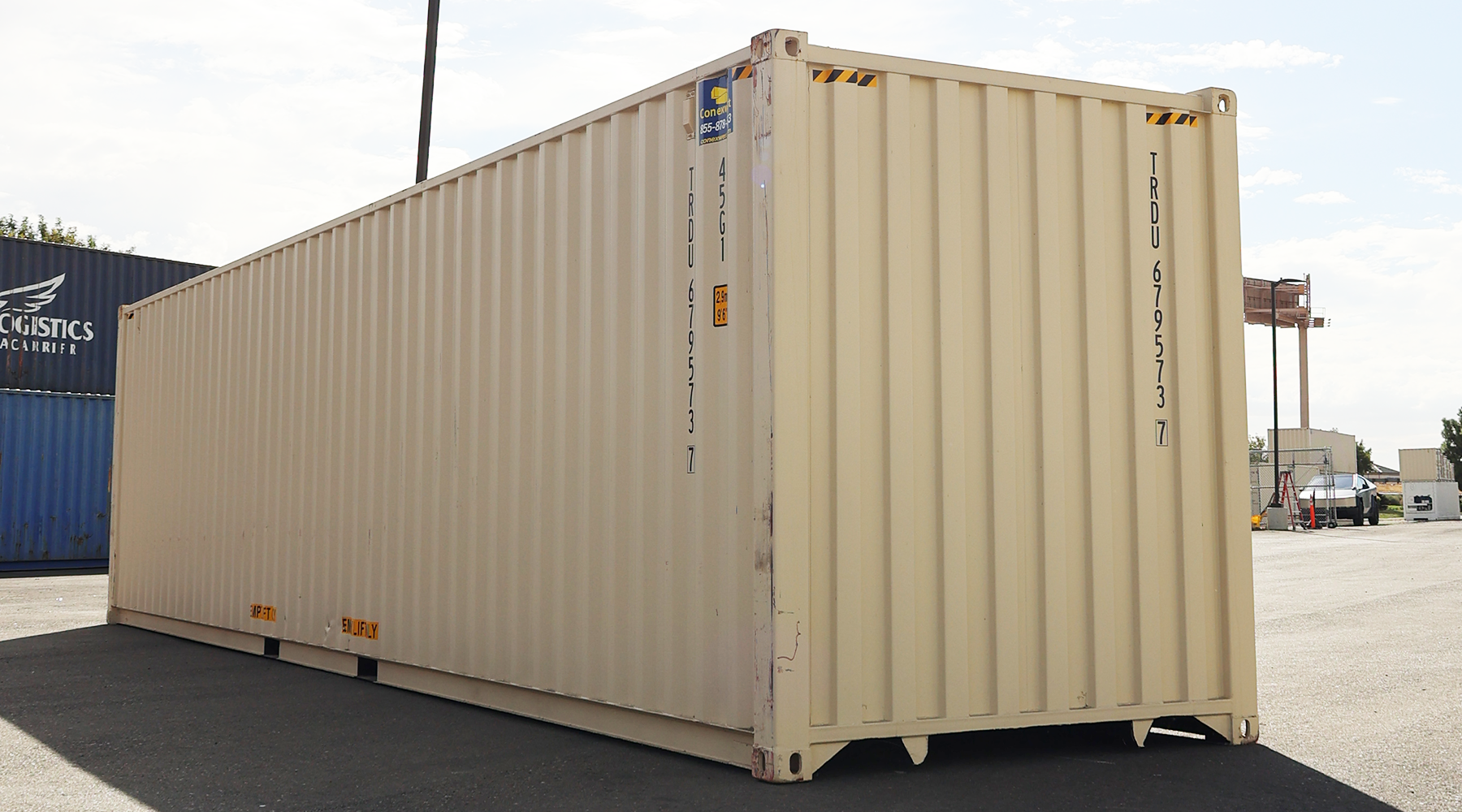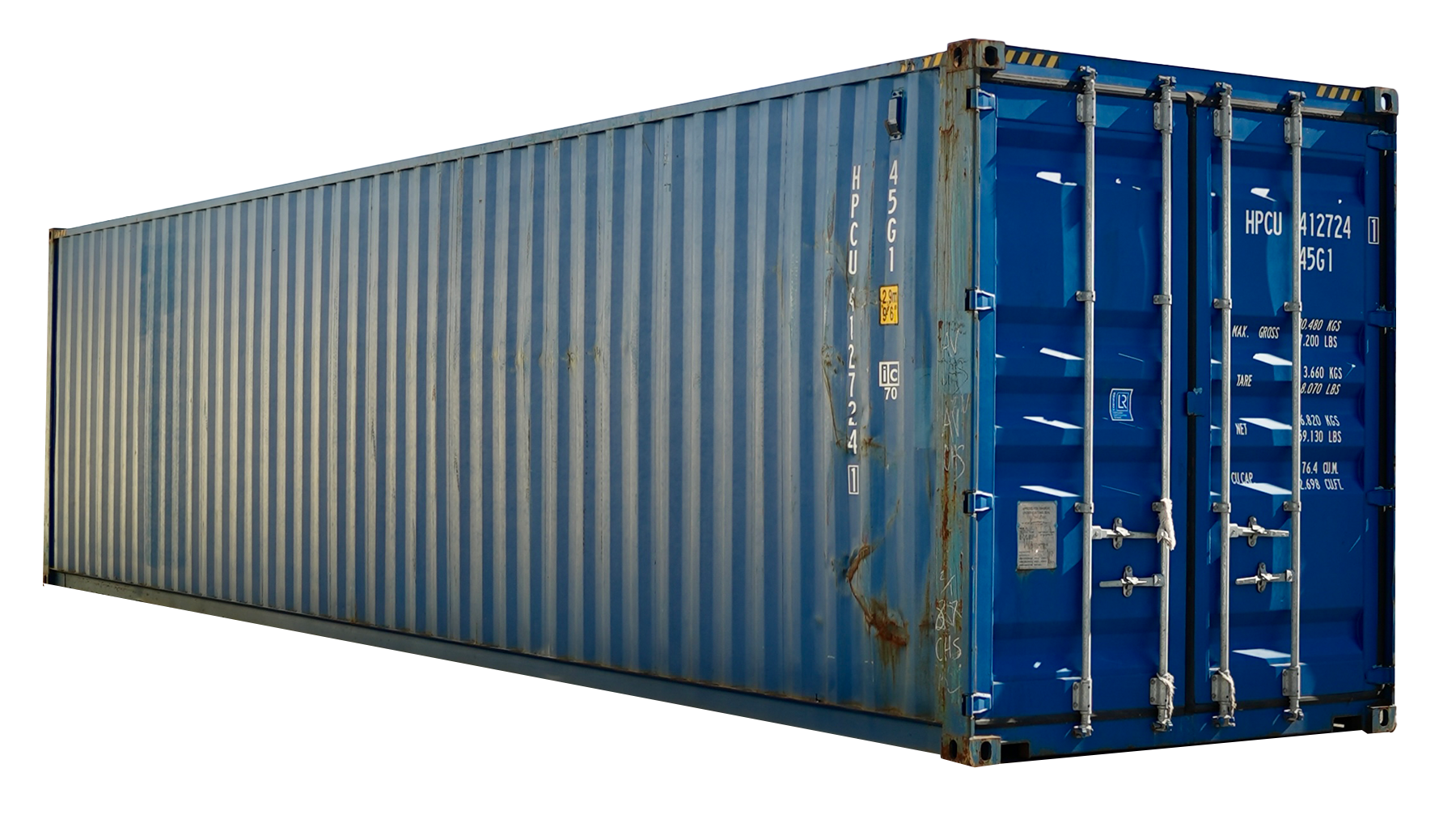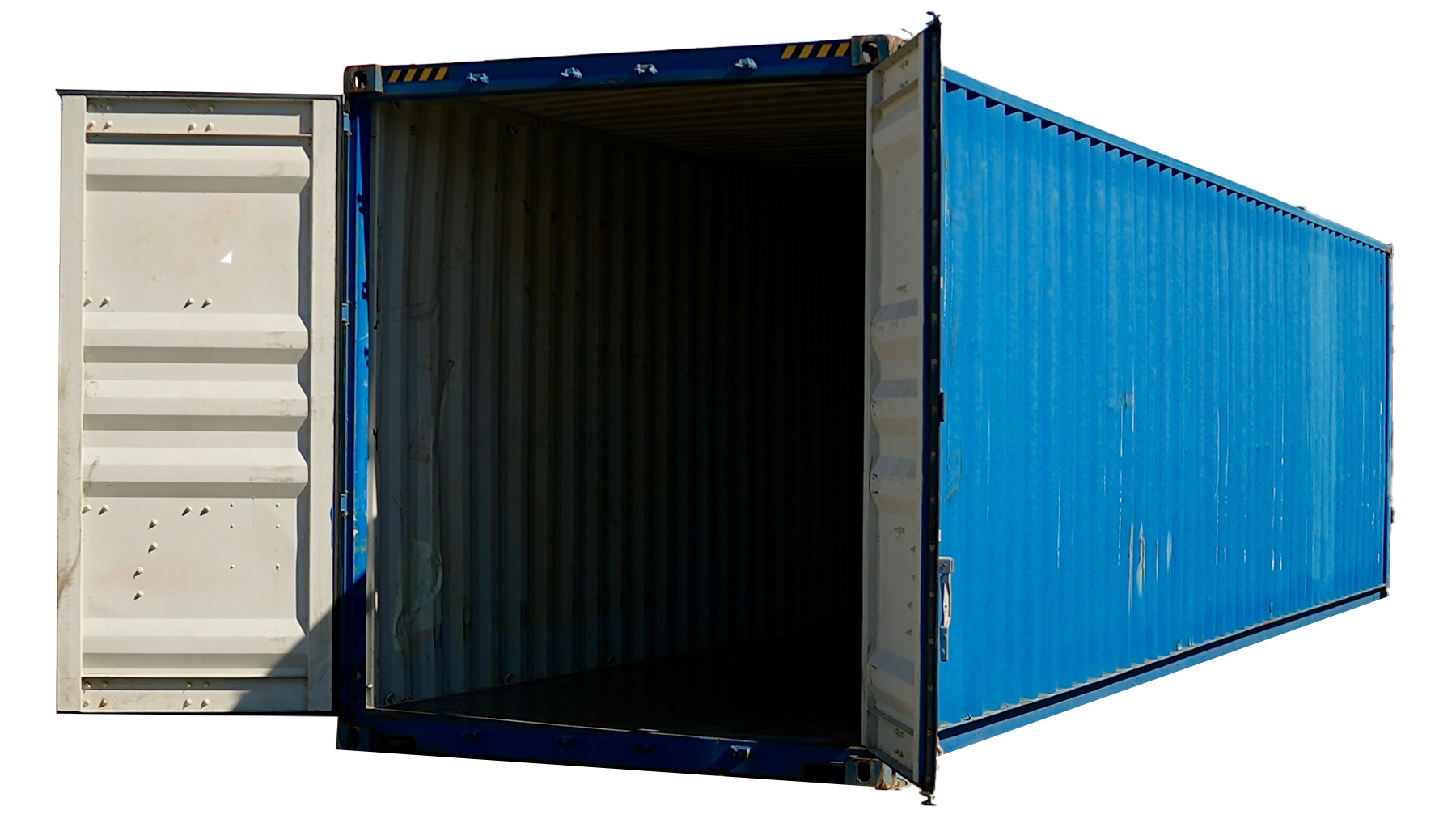
What Is an Intermodal Container?
What Is an Intermodal Container?
An intermodal container is a standardized, reusable steel box designed to transport goods efficiently across different modes of transportation—ships, trains, and trucks—without requiring the contents to be unloaded and reloaded between transfers. This revolutionary approach to cargo handling has transformed global trade, creating a seamless logistics network that spans continents.
The Evolution of Intermodal Containers
While cargo containers have existed in various forms throughout history, the modern intermodal container was standardized in the 1950s and 1960s. American entrepreneur Malcolm McLean is often credited with pioneering containerization, recognizing that standardized containers could dramatically reduce shipping costs and handling time.
Before containerization, loading and unloading cargo ships was an intensely labor-intensive process known as "break-bulk shipping," with goods individually packed, loaded, and secured. Today, shipping containers have revolutionized global trade, with over 90% of non-bulk cargo worldwide transported in intermodal containers.
Key Features of Intermodal Containers
The fundamental characteristics that define intermodal containers include:
- Standardization: Containers follow ISO (International Organization for Standardization) specifications, ensuring compatibility across transportation systems worldwide.
- Durability: Constructed from weather-resistant corrugated steel to withstand years of use in harsh environments.
- Security: Designed with robust locking mechanisms to protect cargo during transit.
- Corner Castings: Eight reinforced corners with standardized fittings that allow for secure lifting, stacking, and anchoring.
- Weatherproof: Sealed against water and dust intrusion to protect cargo in all weather conditions.
- Identification: Each container has a unique identification code following the BIC (Bureau International des Containers) standard, enabling global tracking.
Standard Intermodal Container Sizes
Though intermodal containers come in various sizes, the most common dimensions are:
| Container Type | External Length | External Width | External Height | Internal Capacity |
|---|---|---|---|---|
| 20-foot standard | 20 feet (6.1m) | 8 feet (2.4m) | 8.5 feet (2.6m) | 33.1 cubic meters |
| 40-foot standard | 40 feet (12.2m) | 8 feet (2.4m) | 8.5 feet (2.6m) | 67.5 cubic meters |
| 40-foot high cube | 40 feet (12.2m) | 8 feet (2.4m) | 9.5 feet (2.9m) | 76.2 cubic meters |
| 45-foot high cube | 45 feet (13.7m) | 8 feet (2.4m) | 9.5 feet (2.9m) | 86.1 cubic meters |
Container Terminology: In the shipping industry, container capacity is often expressed in TEU (Twenty-foot Equivalent Units). A standard 20-foot container equals 1 TEU, while a 40-foot container equals 2 TEUs. This measurement helps standardize capacity across different vessel and terminal sizes.
Types of Intermodal Containers
Beyond the standard dry containers, specialized intermodal containers serve various cargo needs:
Dry Containers
Dry containers are the most common type, designed for general cargo that doesn't require temperature control. These containers feature:
- Sealed, weatherproof construction
- Swing doors on one end for easy loading and unloading
- Wooden or bamboo flooring
- Internal lashing points for cargo securement
Refrigerated Containers (Reefers)
Refrigerated containers feature integrated cooling systems that maintain specific temperatures for perishable goods. Key features include:
- Temperature control systems capable of maintaining -30°C to +30°C
- Enhanced insulation in walls, floor, and ceiling
- Independent power sources or connection points for external power
- Air circulation systems to ensure consistent temperature throughout

Open Top Containers
These containers feature a removable roof, ideal for:
- Oversized cargo that exceeds standard height limitations
- Goods that require top loading with cranes (machinery, large pipes, etc.)
- Heavy items that would be difficult to load through standard doors
Flat Rack Containers
Featuring collapsible sides or no sides at all, flat racks are designed for:
- Oversized cargo that exceeds standard width dimensions
- Heavy machinery and construction equipment
- Large vehicles and industrial components
Tank Containers
Specialized containers with a tank inside a frame, designed for:
- Liquid bulk goods (chemicals, food products, etc.)
- Hazardous materials requiring special containment
- Products requiring stainless steel or specialized lining

The Intermodal Transportation Process
The journey of an intermodal container typically follows these steps:
- Loading: Cargo is packed and secured inside the container at the origin facility.
- First Mile: The container is transported by truck to a port or rail terminal.
- Terminal Operations: Using specialized equipment like twist locks and container cranes, the container is loaded onto a ship or train.
- Main Transport: The container travels by sea or rail to its destination region.
- Terminal Transfer: At the destination terminal, the container is transferred to another mode of transport.
- Last Mile: A truck delivers the container to its final destination.
- Unloading: The cargo is unpacked, and the empty container is returned or repositioned.
Benefits of Intermodal Containers
The standardized intermodal container system offers numerous advantages:
- Efficiency: Dramatically reduces loading and unloading time at transportation hubs.
- Cost Reduction: Lowers labor costs and minimizes cargo handling expenses.
- Protection: Provides secure, weatherproof storage throughout the entire shipping journey.
- Flexibility: Enables seamless transitions between ships, trains, and trucks.
- Tracking: Standardized identification systems allow for global cargo tracking.
- Security: Reduced handling means fewer opportunities for theft or damage.
- Sustainability: More efficient transportation networks lead to reduced carbon emissions per unit of cargo.

Beyond Transportation: Alternative Uses for Intermodal Containers
The durability and modular nature of shipping containers have inspired numerous alternative applications:
- Portable Offices: Modified containers serve as workspace or temporary offices at construction sites.
- Storage Units: Containers provide secure, weather-resistant storage for businesses and residential use.
- Retail Spaces: Pop-up shops and market stalls in modified containers.
- Architectural Applications: Container homes, hotels, and architectural projects using containers as building blocks.
- Disaster Relief: Emergency shelter and medical facilities in disaster zones.
- Military Applications: Tactical shelters, command centers, and mobile facilities.
Securing Intermodal Containers
Proper security and securement are essential for safe container transportation:
Conclusion
Intermodal containers have fundamentally transformed global trade, creating a standardized system that enables goods to move efficiently across oceans and continents. Their simple yet revolutionary design has created a global transportation network that forms the backbone of international commerce.
Whether you're looking to purchase a shipping container for transportation, storage, or custom applications, Conexwest offers a comprehensive range of intermodal containers and accessories to meet your specific needs. Our team of specialists can help you select the right container type, size, and security features for your unique requirements.
